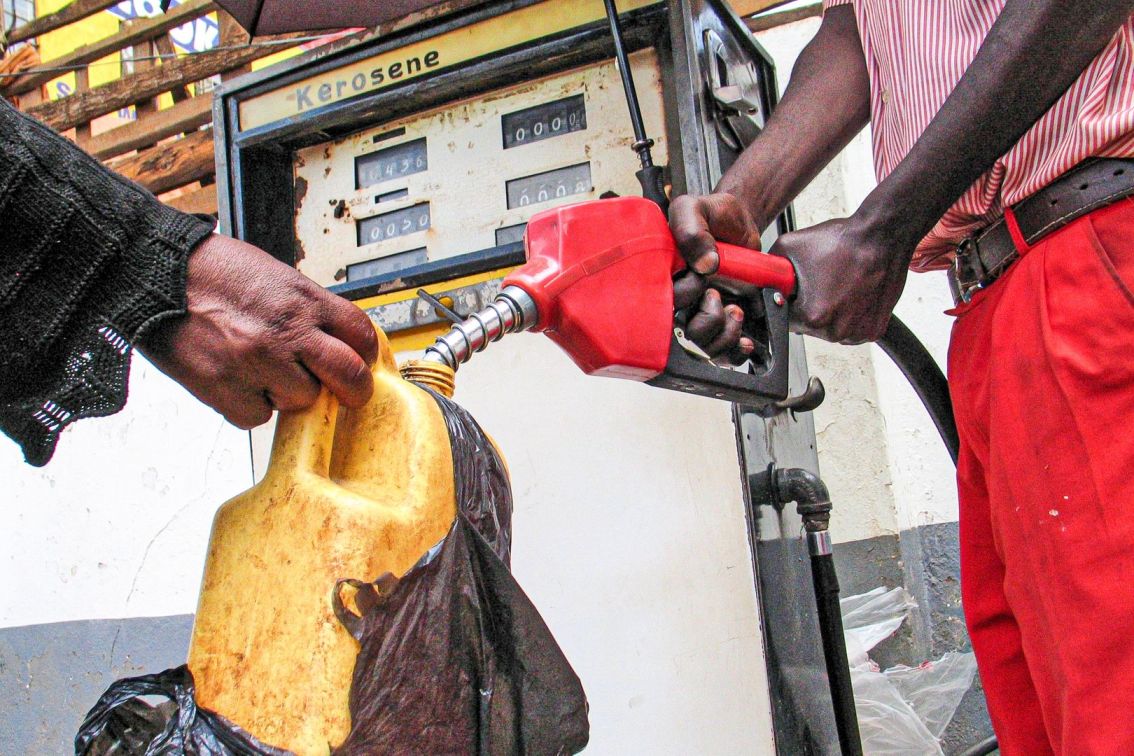Kenya's shift to cleaner energy reduces Kerosene consumption to record low

The government has also pushed for the adoption of solar lanterns, especially in off-grid rural areas, to replace kerosene lighting.
In a dramatic shift, kerosene consumption in Kenya dropped to a historic low of 37,120 tonnes in 2024, down 32% from the previous year, signaling a clear transition toward cleaner and more affordable energy options.
This drop reflects a growing trend of Kenyans abandoning kerosene in favor of liquefied petroleum gas (LPG), electricity, and solar alternatives for cooking and lighting their homes.
The Kenya National Bureau of Statistics (KNBS) reports a significant decline in kerosene use, particularly for lighting, as more households switch to electricity from the mains grid and solar-powered lanterns.
As LPG consumption rose by 15.05% in 2024, households increasingly turned to cooking gas, aided by zero-rating measures in the 2023 Finance Act that made it more affordable for consumers.
For years, kerosene was a vital fuel source for millions of low-income households in rural and urban areas, serving both as a cooking and lighting fuel.
However, this dependency is gradually being replaced by sustainable alternatives.
The government's Last-Mile Connectivity Programme, which connects rural and slum areas to the electricity grid, has played a pivotal role in reducing reliance on kerosene.
These shifts are visible in census data, showing a drastic reduction in the use of kerosene-powered lighting from 68.9% of households in 2009 to just 6.9% in 2019.
As the shift continues, Kenya's efforts to embrace cleaner energy have not gone unnoticed.
The increased use of LPG, electricity, and solar options has further been fueled by government incentives aimed at reducing the country's dependence on fossil fuels.
The government has also pushed for the adoption of solar lanterns, especially in off-grid rural areas, to replace kerosene lighting.
However, the journey to a "kerosene-free" Kenya is not without its challenges.
The introduction of the anti-adulteration levy on kerosene, which aimed to curb adulteration with cheaper fuels like diesel and petrol, increased the cost of kerosene.
Critics have argued that this surcharge placed additional burdens on already struggling low-income households.
Despite this, the shift away from kerosene remains clear, with households opting for more sustainable energy solutions.
"The levy has hit ordinary Kenyans hard, particularly those who relied on kerosene for lighting and cooking," said one concerned senator, as reported by Business Daily.
While the move was intended to protect consumers from substandard fuels, it has contributed to the decline in kerosene consumption.
The ongoing policy push by the Kenyan government to promote LPG and solar energy adoption is part of a broader effort to tackle health issues associated with kerosene use.
Kerosene burning has long been linked to respiratory illnesses, especially among children, and contributes to environmental degradation.
Acknowledging these harmful effects, the government continues to promote cleaner energy solutions in line with its goal of achieving sustainable and affordable energy access for all.
